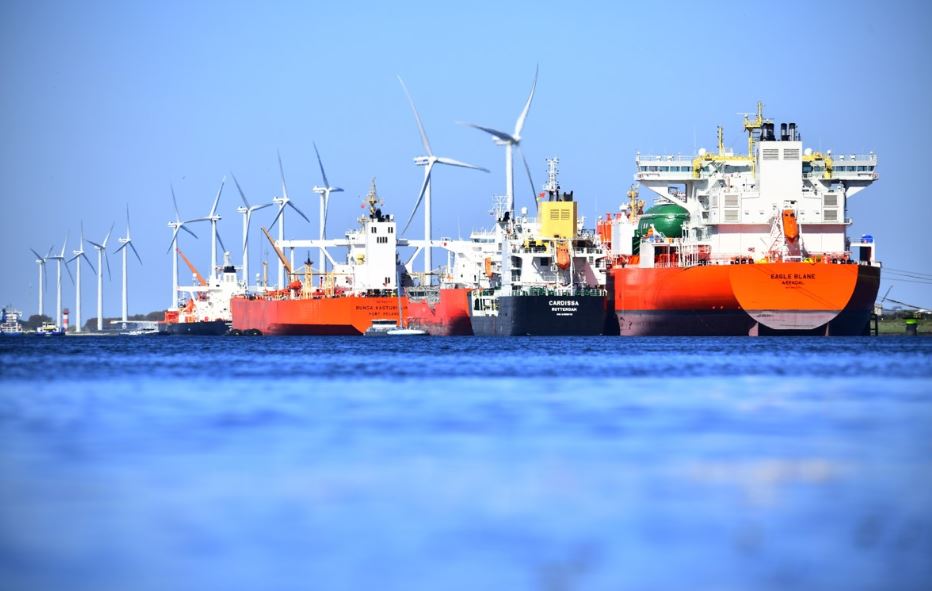Royal Dutch Shell has taken part in two LNG bunkering operations in the French port of Marseille, and in the Dutch port of Rotterdam.
In the Port of Marseille Fos, Shell and Carnival carried out the first-ever ship-to to ship LNG bunkering operation in France, according to a statement by the Port of Marseille.
The duo supplied chilled fuel to the 2019-delivered cruise ship Costa Smeralda, operated by Carnival’s Costa Cruises.
The vessel is one of the world’s first LNG-powered cruise ships.
Shell completed the operation on May 4 supplying the fuel via Anthony Veder’s converted LNG bunkering vessel Coral Methane.
This is not the first bunkering operation for Coral Methane and Costa Smeralda.
The duo met in the Barcelona port in December 2019 as part of a first bunkering operation for the ferry.
The world’s largest cruise operator Carnival is one of a growing number of companies adopting LNG as an alternative to traditional marine fuels available today.
Rotterdam LNG bunkering
So is Malaysian shipowner AET. The company has earlier this year taken delivery of two LNG dual-fuel shuttle tankers, namely Eagle Blane and Eagle Balder.
Eagle Blane embarked on its maiden LNG bunkering at the Port of Rotterdam on April 20, AET said on Friday.
The ship-to-ship bunkering was arranged by Shell’s LNG trading team and lasted nearly 15 hours including cooling down.
The shuttle tanker received 1480 cubic metres of LNG from Shell’s bunkering vessel Cardissa.
The bunkering filled up 87 percent of AET’s vessel tank capacity, enabling it to sail for about 3,500 nautical miles.
After leaving the Port of Rotterdam, Equinor-chartered Eagle Blane sailed to Amoyfjorden in Stavanger.
The Norwegian-flagged vessel will be operating in oilfields on the Norwegian Continental Shelf of the North Sea.
The vessel will also operate in the Norwegian Sea and the southern Barents Sea, as well as on the UK Continental Shelf.

